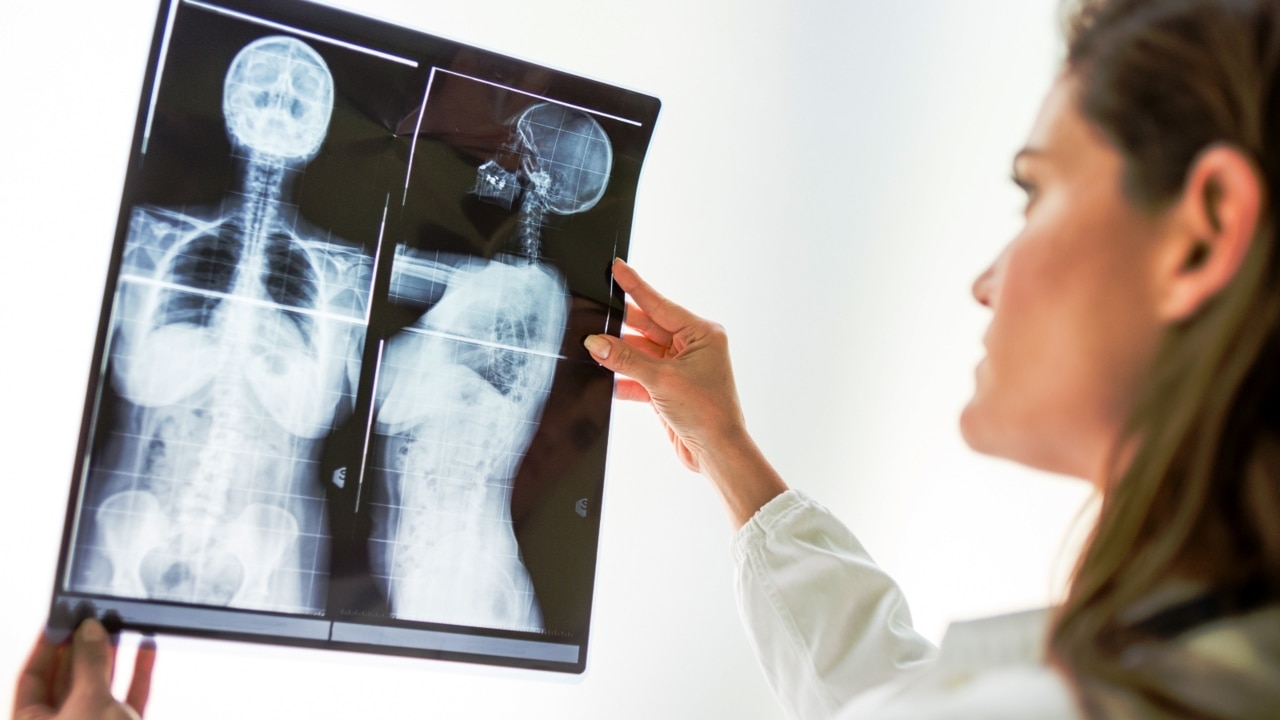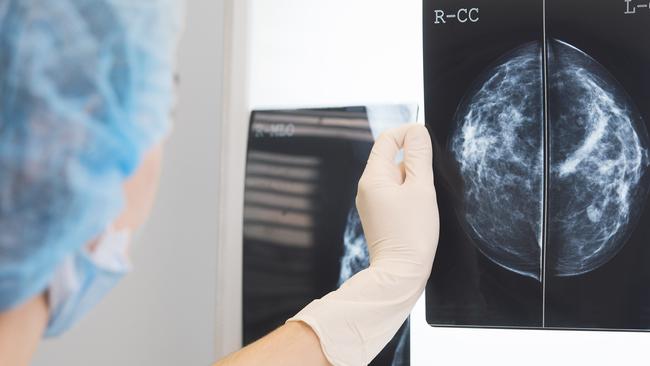Improved imaging to make breast cancer screening more accurate
BREAST screening will become more accurate and safer thanks to Melbourne research creating sharper and more detailed images of mammograms.

VIC News
Don't miss out on the headlines from VIC News. Followed categories will be added to My News.
BREAST screening is on track to become more accurate and safer, through Melbourne research creating sharper and more detailed images.
While current mammography struggles to detect small changes to the breast, especially in dense tissue, the Australian Synchrotron is preparing for the first in-human clinical trials to improve the detection of breast cancers down to the millimetre.
Imaging and Medical Beamline principal scientist Dr Daniel Hausermann said many cancers were not able to be detected with current imaging technology, causing many women to have invasive testing and a stressful wait for results.
EXPERTS TO PROBE SEDENTARY LIFESTYLE LINK TO CANCER
RESEARCHERS DISCOVER HOW CANCER-FIGHTING GENE WORKS
CANCER DIAGNOSIS MAY BE POSSIBLE WITH NEW BLOOD TEST
“Conventional X-ray can be compared to a normal light bulb, whereas synchrotron X-rays are more comparable to a laser beam,” Dr Hausermann said.
“There is a lot of inspired guesswork when there is a blurry mass in a normal mammogram.
“It’s challenging for a radiologist to say if it’s fatty tissue or a tumour.
“By mapping density changes inside the breast, we can make a more accurate diagnosis.”

The research team — led by the University of Melbourne and University of Sydney — has been scanning tissue samples from breast-cancer patients at Monash Health using the technique, then comparing them to the diagnosis made from conventional imaging before surgery.
Dr Hausermann said funding from Australia’s Nuclear Science and Technology Organisation and the National Health and Medical Research Council would allow the team to continue this research for the next two years.
It is working towards scanning its first human patients in 2020.
“We won’t be able to become Breast Screen Australia with this one beamline,” Dr Hausermann said.
“We envisage this will be used for more tricky cases, but what we learn will help radiologists build a model of high risk to apply when they look at their images.
“Once this works in breast tissue, it will have other applications, such as in joints and lung cancer.”
Monash Health director of breast services, Jane Fox, said improving the accuracy of a cancer diagnosis — and also determining which women did not have a tumour and could avoid unnecessary further testing and stress — was an important development.
“Some types of cancers are almost undetectable in conventional imaging,” Ms Fox said.
“The density of a woman’s breast can mask something sinister. The better the picture and the more able the imaging can look deep into the tissue, the less likely you are to miss something.”


